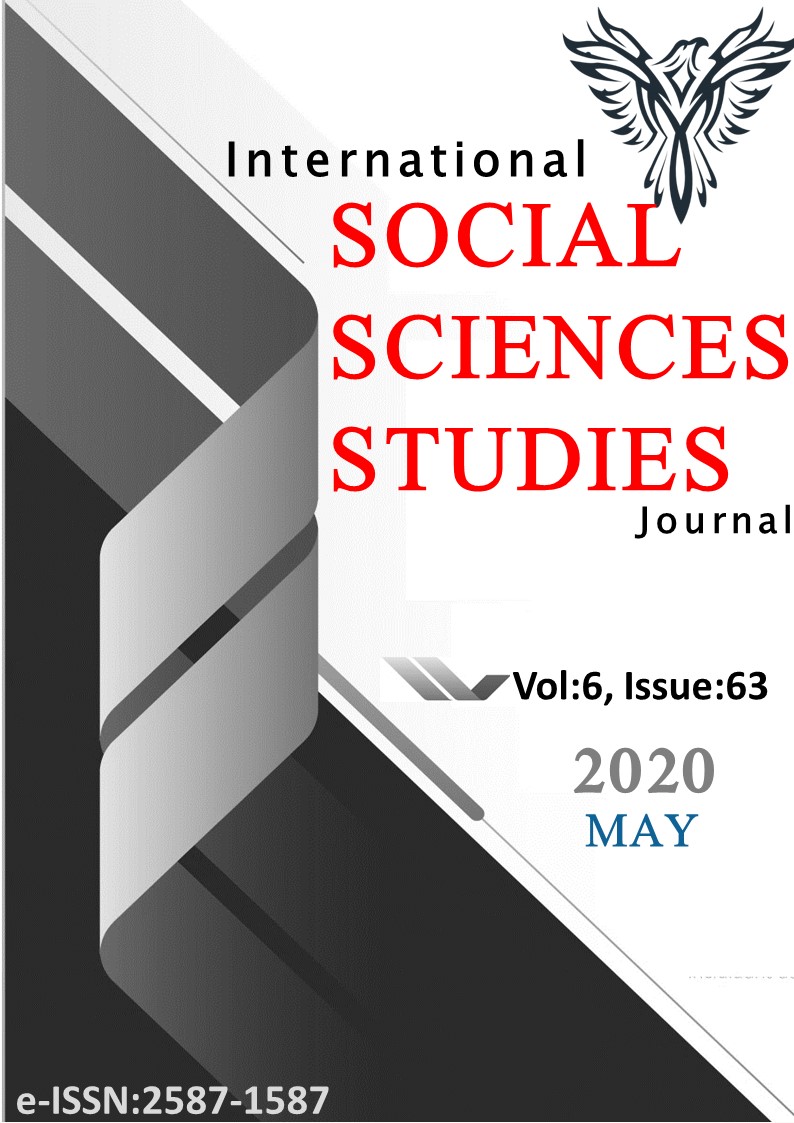Author :
Abstract
Hindistan kaynaklı bir inanç olan Budizm, Kore de dahil olmak üzere oldukça geniş bir alana yayılmıştır. Budizm, yayılma sürecinde Çin ve Orta Asya'da karşılaştığı çeşitli kültürel unsurlar nedeniyle, birçok açıdan büyük bir dönüşüm geçirmiştir. Bu dönüşümün izlerini Kore'de de görmek mümkündür. Nitekim Budizm, Kore’de sadece bir inanç sistemi olmakla kalmamış, aynı zamanda ülke siyasetinde de aktif bir rol oynamıştır. Budizm, Üç Krallık döneminde Kore'nin resmi dini olarak kabul edilmiş ve Goryeo'nun düşüşüne kadar geçen yaklaşık bin yıllık süre boyunca bu statüsünü korumuştur. Bu milenyumluk süreçte Budizm, kazandığı bazı yeni özelliklerle birlikte Kore kültürel mirasıyla iç içe geçmiş ve kendine özgü bir sentez oluşturmuştur. Budizm’in Kore’de maruz kaldığı değişimin somut örneğini dini törenlerde görmek mümkündür. Nitekim Kore’deki Budist ritüeller, spritüal müzikle bütünleşmiştir. Erken dönem Budist geleneğinde, ayinlerde müziğin yeri konusunda farklı yaklaşımlar bulunsa da kutsal metinler melodik olarak okunmaktaydı. Buda’ya ait sözlerin, bütün uzunluklarına rağmen, yüzyıllar boyunca Budistler tarafından ezberlenerek başarıyla muhafaza edilmesi, bu metinlerin yüksek sesle ve melodik olarak okunması sayesindedir. Joseon döneminde Budizm, resmi bir din olarak egemenliğini kaybetmiştir. Fakat Budist rahipler tarafından önceki asırlar boyunca geliştirilip icra edilen ve geniş halk kitlelerine mal olan spritüal müzik sayesinde Budizm, insanlar arasındaki yerini korumaya devam etmiştir. Bu müzik, aynı zamanda Kore halk müziğini de etkilemiştir. Bu çalışmanın amacı, Kore Budist müziğinin köklerini ele almak ve bu müziğin Budist nüfuslu diğer ülkelerde görülmeyen yönlerini ortaya koymaktır. Makale, Budizm'in ülkede benimsenerek yerleşik inanç haline geldiği Koguryo, Bekje, Silla ve Goryeo dönemlerinden başlayarak Budizm’in siyasi etkisinin azalmaya başladığı Joseon dönemine kadar uzanan süreçte Kore dini müziğinin nasıl bir gelişim gösterdiğini ele almaktadır.
Keywords
Abstract
A faith originated from India; Buddhism spread in such a vast area including Korea. Due to a variety of cultural elements it faced through China and Central Asia, Buddhism has undergone a great transformation in many ways. The signs of this transformation might be seen in Korea too. Buddhism did not operate there as a belief system only, but also played an active role in the politics of the country. It was adopted as the official religion of Korea in the period of the Three Kingdoms and remained so, for approximately a thousand years, to the fall of Goryeo. During this one millennium, Buddhism intertwined with Korean indigenous legacy to make up a peculiar synthesis with some new features. A palpable change that occurred in terms of religious ceremonies is that the Buddhist rituals became more integrated with spiritual music. Reportedly there were different positions within the early Buddhist tradition on the place of music in the liturgy. However, the sacred texts were being melodically recited. It seems that the reason why the words of the Buddha, which are quite long, were successfully memorized and maintained by believers for centuries was the fact that these texts have been all read loudly and melodically. In the Joseon era, Buddhism lost its domination as an official religion. However, it has ever had its place among people, thanks to Buddhist spiritual music that developed and spread by Buddhist monks over the past centuries. One can discern that this music has also influenced Korean folk music. This study is intended to deal with the roots of traditional Korean Buddhist music with all its cultural aspects that are not seen in other Buddhist populated countries. The article sets out to explore the development of Korean religious music through the periods of Goguryeo, Beakje, Silla and Goryeo when Buddhism was established in the country and period of Joseon when its political impact started to decline.





